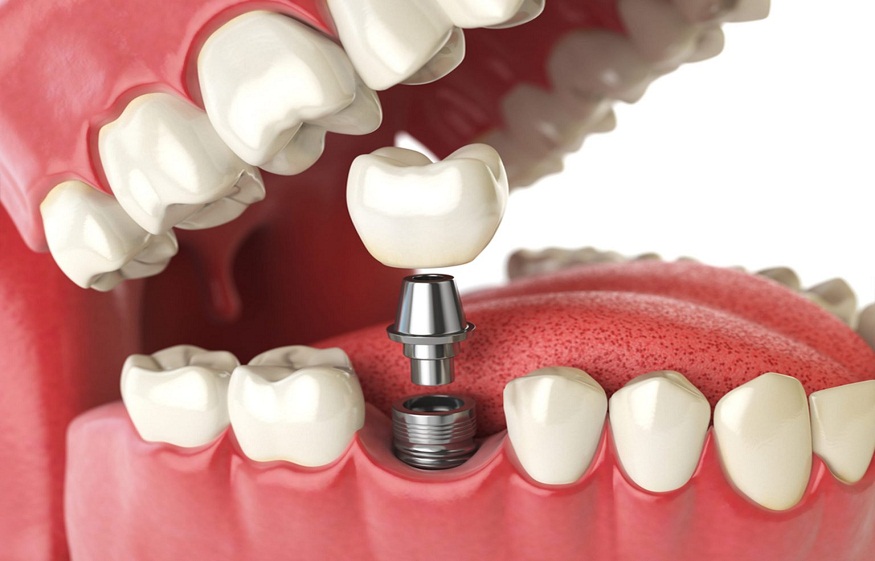For individuals seeking a permanent solution for missing teeth, dental implants offer a highly effective and natural-looking option. With advancements in dental technology, various types of dental implants are now available, catering to diverse patient needs and anatomical requirements. Dental implants in Knoxville can be tailored to address unique challenges, such as bone density issues or tooth location.
This article will delve into the different types of dental implants, including endosteal, subperiosteal, mini, and zygomatic implants, among others. By understanding the distinct characteristics and indications of each implant type, patients can make informed decisions about their oral health and smile restoration, consulting with a qualified dentist to determine the most suitable implant solution.
Exploring The Different Types of Dental Implants
There is an array of different types of dental implants according to your needs. Some important and common types have been discussed below:
Endosteal Implants
- Endosteal implants are the most common type of dental implant, surgically placed directly into the jawbone.
- They are typically made of titanium, promoting osseointegration, where bone cells attach to the implant, securing it in place.
- Endosteal implants consist of a root-form design, mimicking natural tooth roots, and are usually cylindrical or screw-shaped.
- They are ideal for patients with sufficient jawbone density, providing a stable foundation for crowns, bridges, or dentures.
- Endosteal implants offer high success rates, durability, and natural aesthetics, making them a popular choice for tooth replacement.
Subperiosteal Implants
- Subperiosteal implants are a type of dental implant placed on top of the jawbone, beneath the gum tissue.
- They consist of a metal frame with posts that protrude through the gum to support prosthetic teeth.
- This design allows for implant placement in areas with insufficient bone density, making them suitable for patients who cannot undergo bone grafting.
- Subperiosteal implants provide a stable foundation for dentures or fixed prosthetics, restoring oral function and aesthetics.
Mini Dental Implants
- Mini dental implants are smaller diameter dental implants, typically measuring 1.8 to 3.3 millimeters in diameter, designed for smaller spaces or areas with limited bone density.
- They are often used for temporary anchorage, stabilizing dentures or temporary bridges, replacing small teeth, or providing support in narrow jawbones.
- Mini implants offer benefits like less invasive surgery, faster recovery, and cost-effectiveness, but their suitability depends on individual needs and bone density.
Other Types
- Micro-Mini Implants: Micro-mini implants are ultra-small diameter dental implants (≤2mm), used for orthodontic anchorage and temporary support, offering a minimally invasive solution with reduced healing time, ideal for pediatric, adolescent, or small jaw applications, and requiring consultation with a qualified dentist for suitability evaluation.
- Pterygoid Implants: Pterygoid implants are specialized dental implants placed in the pterygoid bone, located in the posterior maxilla, providing anchorage for prosthetic teeth in areas with insufficient bone density. They offer an alternative to traditional implants, reducing the need for bone grafting, and are typically used for patients with severe bone loss in the upper jaw, restoring oral function and aesthetics with a high success rate.
- Zygomatic Implants: Zygomatic implants are long, angled dental implants placed in the zygoma (cheekbone) to support prosthetic teeth in the upper jaw, particularly for patients with severe bone loss or resorption. They anchor into the dense zygomatic bone, bypassing the compromised alveolar bone, and enable immediate loading, reducing treatment time and the need for bone grafting, while restoring oral function and aesthetics.
- Immediate Load Implants: Immediate load implants are dental implants that support temporary or permanent prosthetic teeth immediately after placement, eliminating the need for a healing period. This technique allows for instant restoration of oral function and aesthetics, typically performed in a single surgical visit. Immediate load implants are suitable for patients with sufficient bone density and optimal implant stability, offering faster results and reduced treatment time compared to traditional implant protocols.
Consult with your dentist to determine the most suitable implant type for your unique needs.

